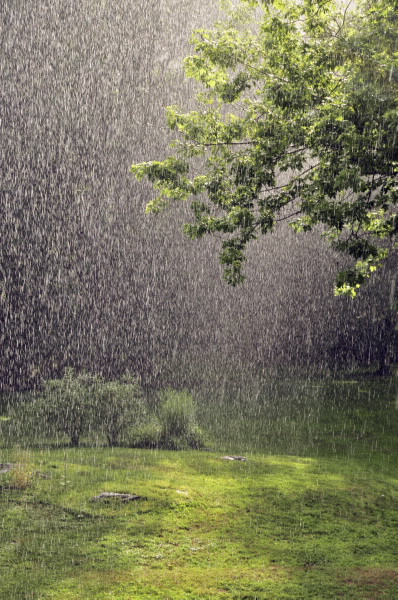 |
| Cave stalagmites can be used to reconstruct past rainfall cycles and help predict future rainfall patterns. |
New research revealed today at ANSTO’s first rainfall conference shows that cave stalagmites can be used to reconstruct past rainfall cycles and help predict future rainfall patterns.
“By carbon dating young stalagmites and comparing the water drip factor which helped create them, with modern weather bureau statistics, scientists at ANSTO, Newcastle University and the Australian National University were able to show that stalagmites hold near-accurate records of rainfall for the period studied,” said ANSTO’s Dr Henk Heijnis, who chaired the conference.
“These preliminary results show that stalagmite water drip factor is almost a mirror of modern rainfall monitoring,” said Dr Heijnis. “The next stage will be to date older stalagmites so scientists can map rainfall patterns over thousands of years and establish the big picture of past rainfall cycles to ultimately help produce better rainfall predictions.
“This research is therefore very encouraging as the key to successful Australian water management planning is being able to accurately map and understand current and past patterns of Australian rainfall,” he said.
During the research the scientists’ main challenge was to ensure they were matching the correct section of the stalagmite with the correct part of the instrumental data. However, conventional dating techniques were not applicable to young stalagmites so carbon dating was applied.
“The solution was to use carbon dating to get an accurate picture as it’s the best method for dating younger objects,” said Dr Heijnis. “This is because the carbon signature left in the atmosphere in the 1950s during the key period when the atomic bomb was being tested, gives a clear age benchmark to work from.
“ANSTO’s particle accelerators are highly sensitive so accurately measured the carbon activity increase in tiny samples of the 1960s section of the stalagmites being studied.”
Key results presented at the conference demonstrated stalagmite and cave dripwater geochemistry having clear symmetry with recorded rainfall over periods of up to 80 years from locations as diverse as Wombeyan Caves in NSW, Margaret River Caves in WA and Smiths Cave, Christmas Island.
In addition to the stalagmite research the challenges of water resources and climate change were also discussed at the conference, attended by over 100 people. The audience was made up of other leading environmental scientists, representatives from the water industry, weather bureau, local and statement governments.
Published: 23/01/2008

